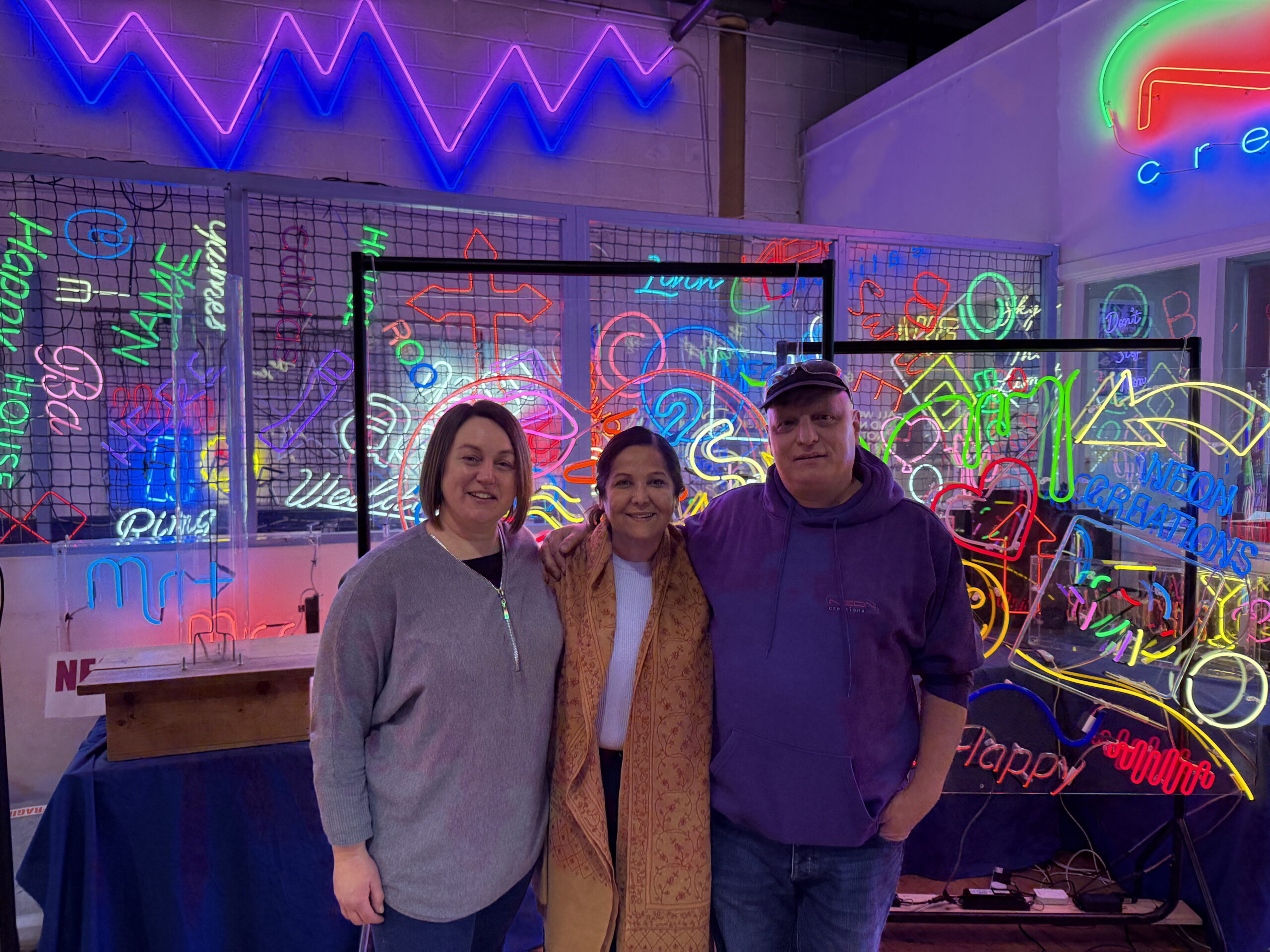During a recent Adjournment Debate in the House of Commons, I raised a concern that, at first glance, might seem niche — the decline of traditional neon sign-making. But behind the warm glow of vintage shopfronts and buzzing signs lies a story of British invention, skilled craftsmanship, and now, cultural neglect. Neon sign-making is not just endangered; it is on the verge of extinction. Without urgent action, we risk losing a uniquely British craft that still holds economic and cultural relevance today.
It was British scientists Sir William Ramsay and Morris Travers who first discovered neon gas in 1898. Over the next century, neon signs came to define our urban identity — from high street shops to theatres and nightclubs, these hand-bent, gas-filled tubes of glass lit up the country and shaped generations of memories. And yet, this craft — born on our shores — is now critically endangered, with fewer than five practitioners in the UK able to pass on the skill.
In my constituency of Bolton South and Walkden, Neon Creations is one of the last remaining traditional neon workshops in Britain. The team there are highly skilled artisans: they manipulate glass by hand over open flames, fill it with inert gases, and shape it into art and signage. It is painstaking, precise work — not something that can be replicated with an LED strip or a plastic sign.
But LED signage has become dominant due to its lower cost and ease of use. As a result, the demand for traditional neon has fallen. This shift isn’t just commercial; it’s existential. Neon sign-making is listed as “critically endangered” by the Heritage Crafts Association, meaning it’s at real risk of dying out. No formal training programmes exist, no government schemes support its continuation, and no policy is in place to protect it as a recognised cultural craft.
This is a glaring omission in our national approach to heritage and skills.
If we are serious about protecting the UK’s creative industries — which contributed £126 billion to the economy in 2022 — we must support the full breadth of that sector, including heritage crafts. The government’s Creative Industries Sector Vision rightly highlights digital innovation and global export, but we should also be asking: how do we preserve and invest in traditional, place-based creative skills that still have economic value?
That begins with formal recognition. Neon sign-making should be officially acknowledged by the Department for Culture, Media and Sport (DCMS) as a heritage craft eligible for targeted support. Funding streams, such as those from Arts Council England or the National Lottery Heritage Fund, should be made accessible to workshops seeking to train new apprentices. Without apprenticeships or accredited courses, there is no pipeline for new talent.
This is also a question of levelling up. Many traditional crafts — from neon to ceramics and metalwork — are anchored in industrial towns and communities outside the South East. Protecting and promoting them can offer high-quality, skills-based employment and contribute to the cultural and economic regeneration of high streets. In Bolton, a revived neon industry could sit alongside our growing arts and design sector, attracting tourism, business and investment.
There is also a planning dimension to consider. In recent years, neon signs have become part of the cultural identity of certain buildings and neighbourhoods. The government should encourage local planning authorities to treat neon signage as a potential heritage asset in the built environment, giving councils greater discretion to preserve it where appropriate.
I urge ministers at DCMS and the Department for Business and Trade to engage with the Heritage Crafts Association and practitioners like those at Neon Creations. Together, we can create pathways for training, funding, and recognition — ensuring neon sign-making is not just remembered fondly, but actively practised for generations to come.
Neon’s warm glow has illuminated Britain’s streets for over a century. It’s time we shine a light on the people who keep that craft alive — before the last tube goes dark.
Switching Off a British Craft: Why Neon Sign-Making Needs Policy Protection


